Architecture and Art: Principles of Design is the fifth article of a series of articles 1,2,3,4 about the art dimension in architecture. This article analyzes the role of art in the creation of architecture in utilizing the principles of design. The identical principles used by painters, sculptors, and architects in the creation of art and architecture. Its direct influence on the design process of function and form. And analyzing the utilization of elements of design in the creation of the principles of design in art and architecture.
Visual art people such as painters, sculptors, architects, and so on use several elements of design in their work. They utilize the principles of design in creating artwork and architecture by reflecting the principles all together in the created artwork. Architects in applying the Principles of Design in architecture delivered more sub-principles to serve the creation of architecture. These include rhythm, axis, datum, and so on discussed later in this article.
In the previous article, I analyzed and showed the seven elements of design in art. In this article, I will analyze and discuss the use of these elements of design in the application of principles of design.
Painters and sculptors use the principles of design which are: harmony, gradation, Contrast, and Unity.
Repetition in art is the repetition of the design element in the space of a painting board, and it’s one form of harmony. The repetition of the use of line, shape, color, texture, and value in the painting or sculpture. Certainly, Repetition gives a sense of unity to the painting. See Figure 1, repetition of line, shape, and color.
Painters and sculptors use and show one or more common design elements in their paintings or sculptures, and that is harmony. For example, different shapes but sharing a common texture, color, or value. In Addition, the Curvature of Lines in painting or sculpture, and so on. See Figure 2, the harmony of sculpture by using the same object in opposite directions.
To connect the composition of a painting or sculpture of contrasting extremes a painter or a sculptor uses a series of harmonic or similar steps of design elements and that is gradation. See Figure 3, gradation of similar shapes, color, and size.

Painters and sculptors use contrast as one of the four principles of design. It’s the use of one single element of design, but in different forms. For instance, straight lines and curved ones. Similarly, Different shapes like ellipse, circle, rectangle, square, and so on. Different forms of textures in one of the design elements or areas of a painting. See Figure 4, color contrast of the painting composition.

Unity in art refers to the shared harmonies of elements of design and painting composition. Indeed, it refers to the sense of cohesion and achieving a balance that unifies all the elements in the painting. Moreover, to define Unity, it’s the principle of design achieved by various other principles. For example, these principles include Dominance, static, style, character, and idea. See Figure 5, Unity by contrast of colors.
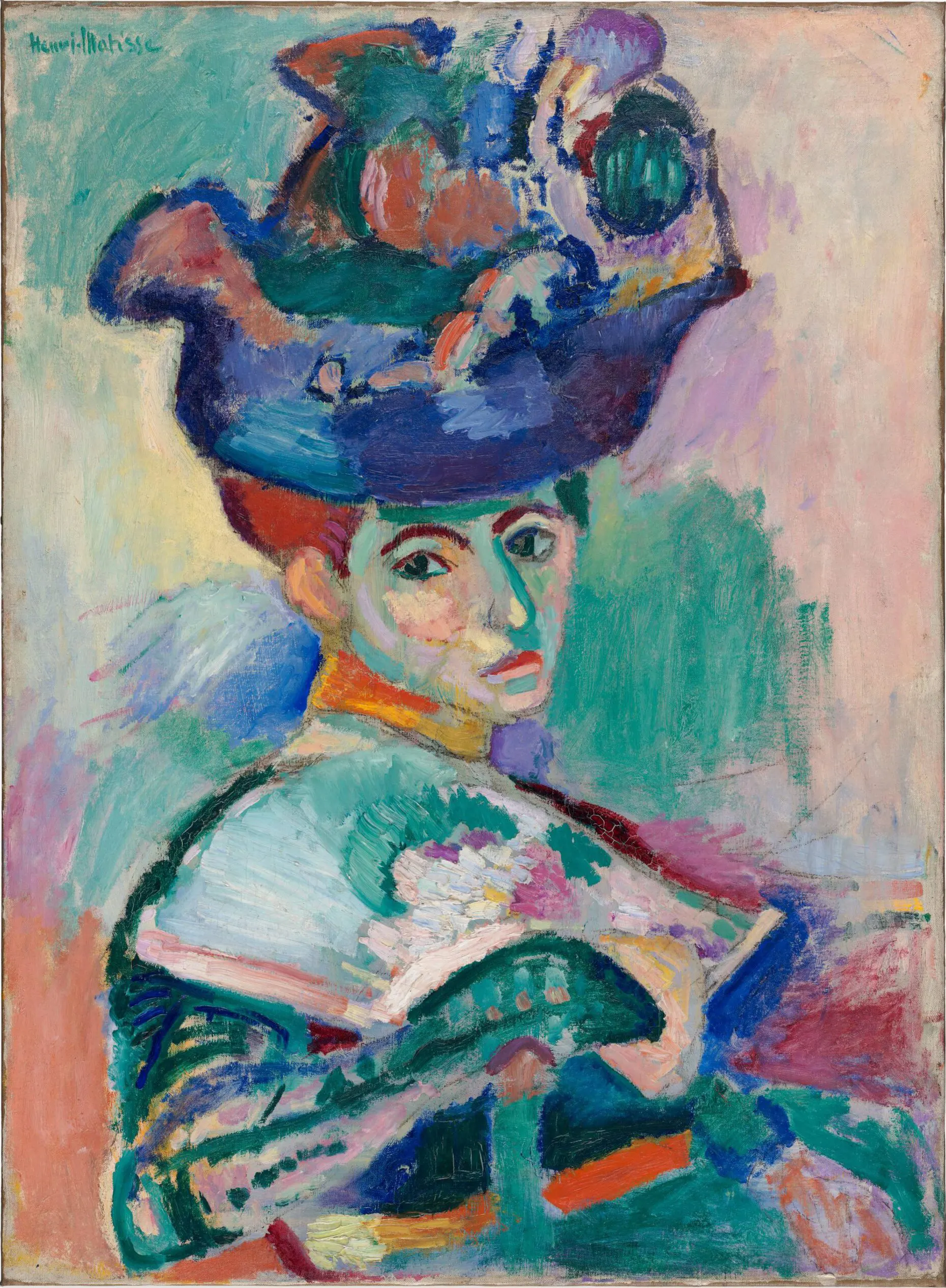
Coming to the end of the principles of design in art here I show the major idea behind art (painting and sculpture).
Figure 1 shows the unity of color, shapes, and lines to give the state of balance.
And 2 shows unity by material, color, shape, and lines to achieve a balanced state.
Also, 3 shows unity by color, shape, and line to give the state of balance.
Figure 4 shows unity by color and value to achieve the balanced state.
Figure 5 shows unity by color, value, and lines to give a state of balance.
As shown all paintings and sculptures were created to give the state of balance. Using the four principles and other principles of design through building the artwork by the elements of design. Here painters and sculptors use art to express an idea related to life through a concept of balance in artwork in painting or sculpture.
Principles of design in architecture
Architecture work involves the use of many principles. The ordering principles are widely used in architectural work. They include Axis, symmetry, hierarchy, datum, rhythm, repetition, and transformation. Professionals in architecture use some of these principles not in architecture but in urban design and planning as well. These principles include Axis, datum, hierarchy, and transformation. Although painters and sculptors used these principles in their work, not in art but in architecture work commissioned to them. Specifically, these principles are out of the article’s scope, and I will exclude them from the discussion and analysis.
Repetition as part of the harmony principle involves the repeat of an architectural element of design within a façade design. In many architectures, the designer repeats the use of certain design elements in the plans to reflect a specific idea like using rectangles or circles in the plans. See Figure 6, imperial villa and the repletion of rectangular-shaped rooms.

Certainly, repetition of an element of design contributes to the harmony principle used in architecture. In the following building design, we can observe the repetition of the semi-circular arch in the façade. Furthermore, columns, grooves, and cornices in the parapet and arch heads. The harmony comes from using the same elements in the façade. Adding to that, using the same material in all the façade. See Figure 7, Palazzo della Ragione (Basilica palladiana) in Vicenza by sculptor Andrea Palladio.

Gradation principles used by architects/painters in architecture refer to the importance of a design element or a specific form. Also, the gradation principle gives a sense of unity and static rigidity to the architecture form or elevation. See Figure 8, the Buddhist temple’s typical form and shape reflecting gradation of shape and elements.

Principle of contrast
The principle of contrast serves in various locations of architectural design. Contrast of elements of design in facades. For instance, the contrast of several forms like arches, domes, and arcades in architecture mass. In addition, the contrast of shapes in arranging and designing a plan of a building. Finally, contrast of various styles of architecture. See Figure 9, contrast of design elements from different periods Gothic, Islamic, and Byzantine.
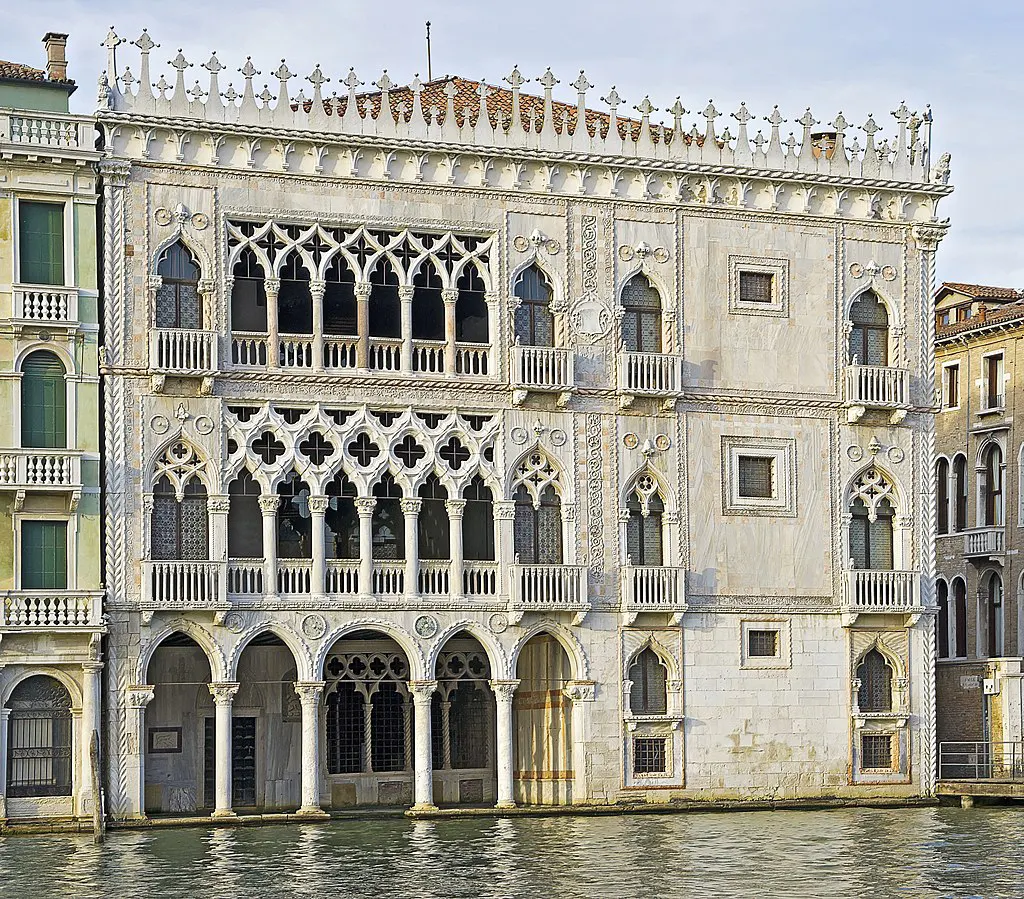
Unity in architecture involves the use of all design elements and principles to give a sense of unity. Unity of using the same elements like an arch, column, window, dome, arcade, and details in facades and external forms. Also, shapes in arranging and designing a functional plan of an architecture. Furthermore, unity by dominance, hierarchy, and focal point. Additionally, using different elements like arches from different periods and different shapes gives a sense of unity. See Figure 10, the use of columns, circular shapes, domes, and windows to reflect the unity principle.
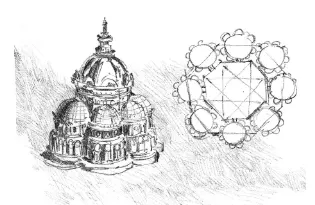
The four principles in architecture presented here reflect the use of unity in using repetition of shapes in plans. Harmony of elements of design like arch, window, detail, and materials. Also, gradation of shapes and elements. Similarly, the contrast of design styles, but using the same design element. Unity through the use of design elements, principles, and different styles.
Architecture is created by using the elements of design, principles of design must give the sense of architecture balance. Hence, an Unbalanced architecture is subject to criticism by all art people. Painters and sculptors create paintings and sculptures in a balanced state. Therefore, Architecture created by architects, regardless of the design elements or principles, must be in a balanced state.
Architects refer to the balance state in architecture as the order of architecture. Finally, architecture and art create artwork to serve an innovative idea, an artwork of a balanced state.
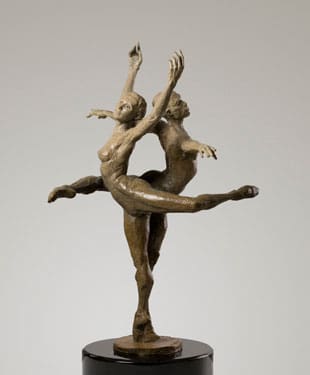
[…] Architecture and Art: Principles of design […]
[…] Architecture and Art: Principles of design […]